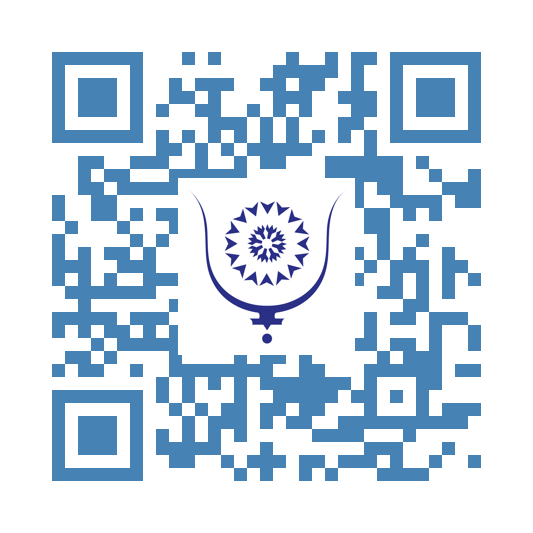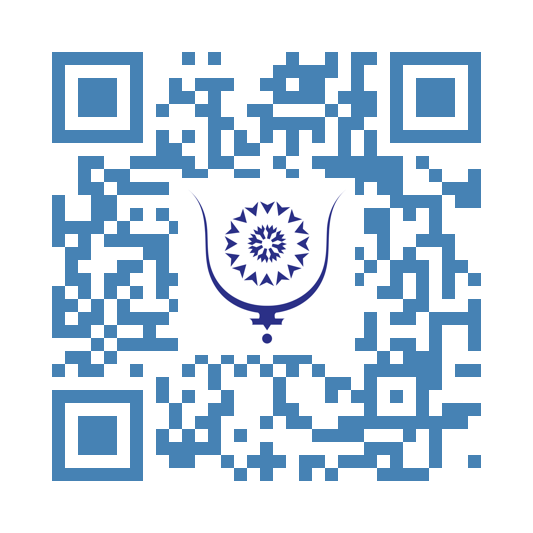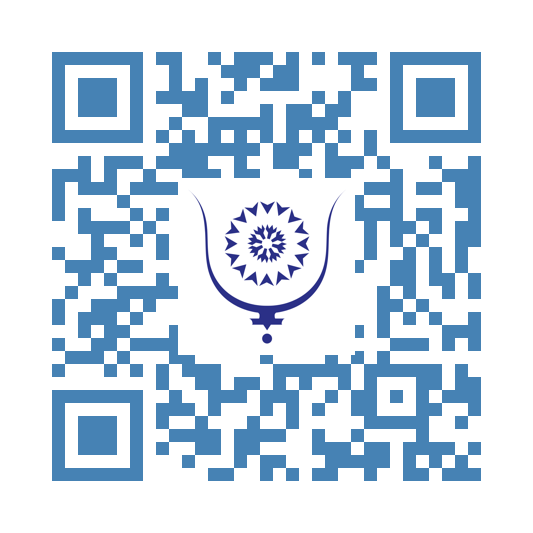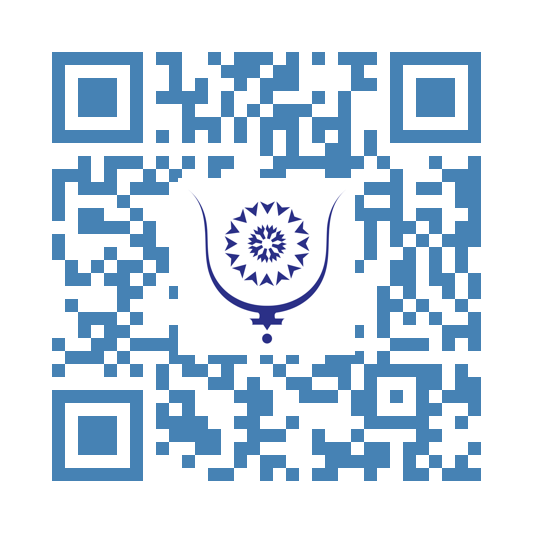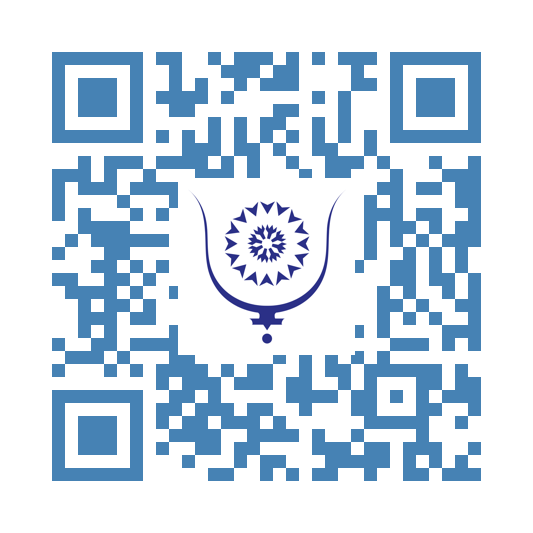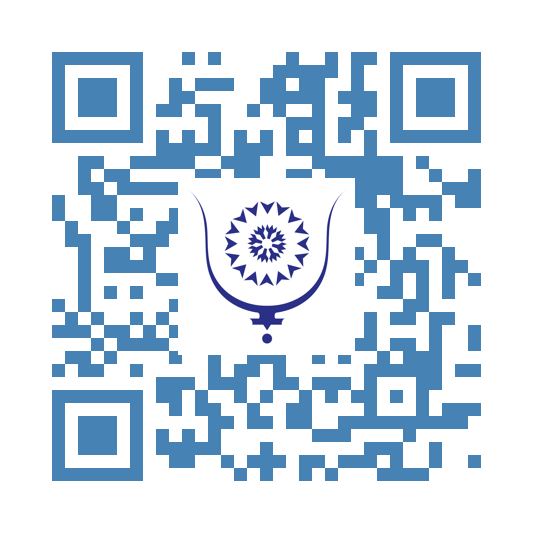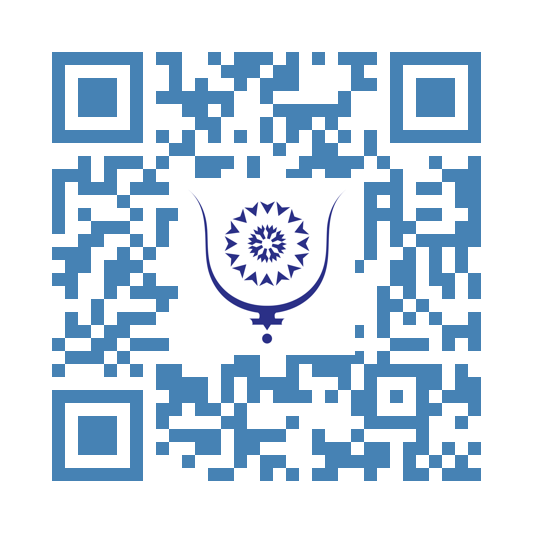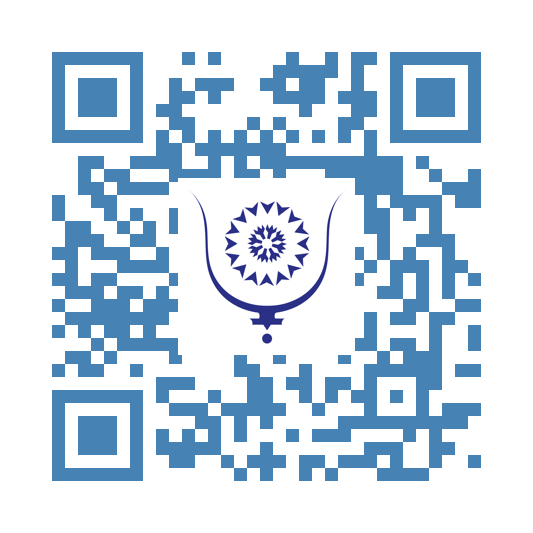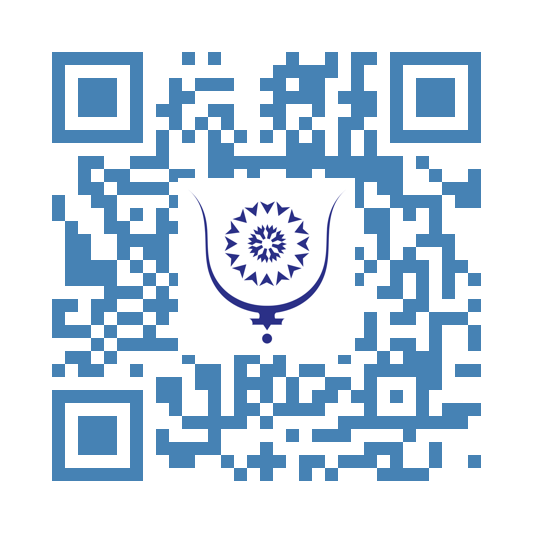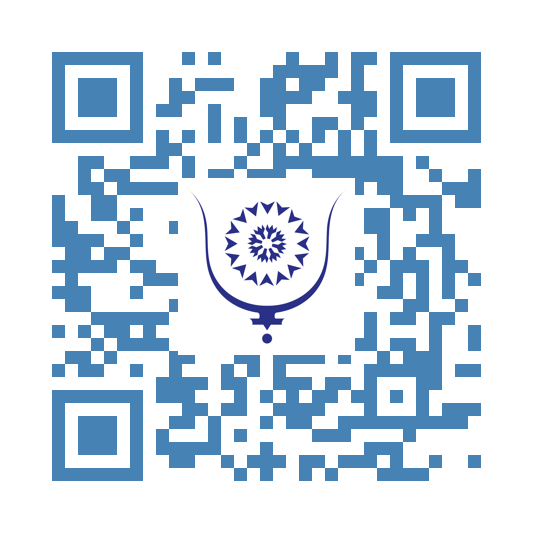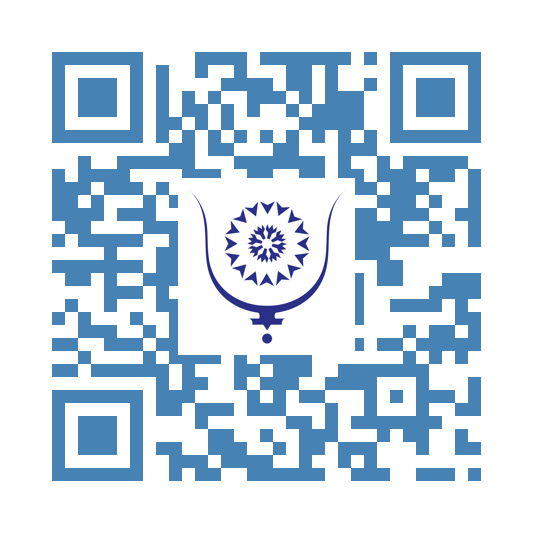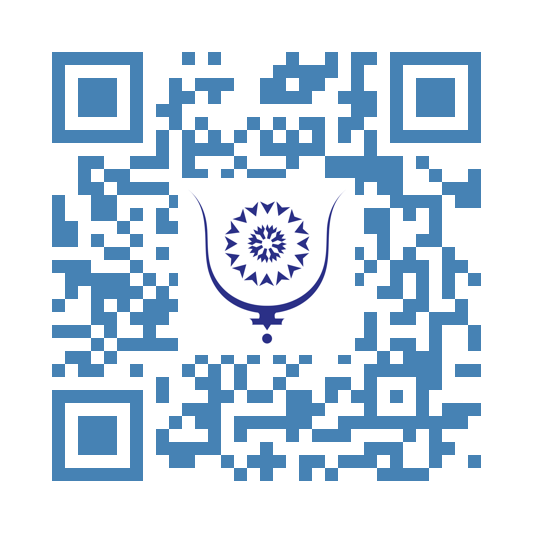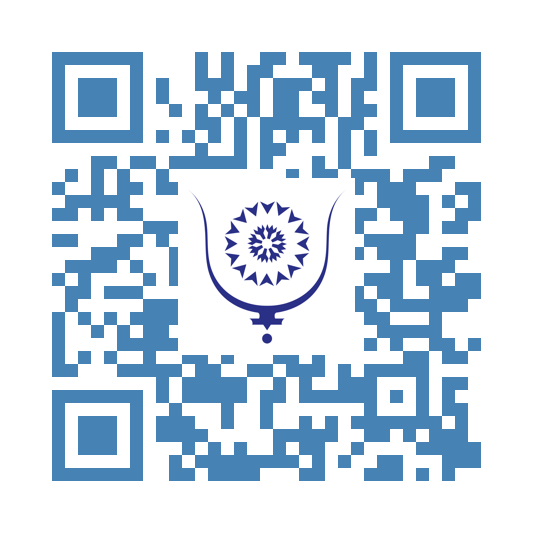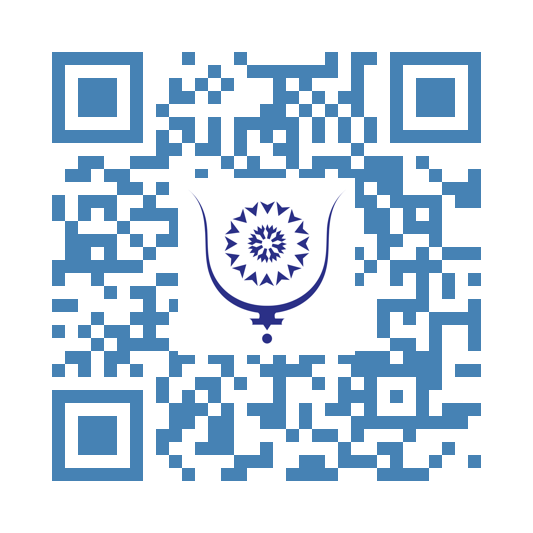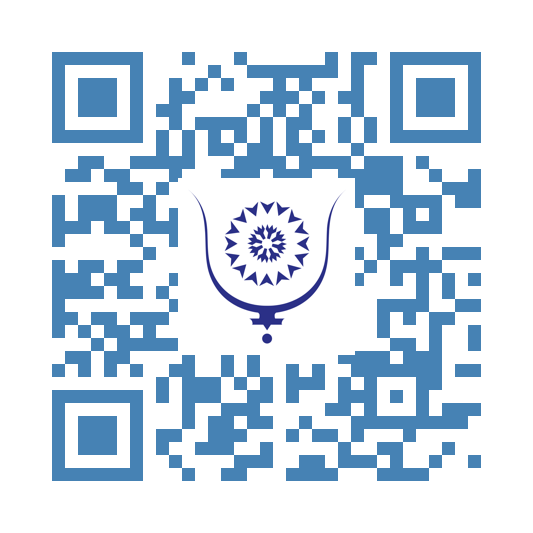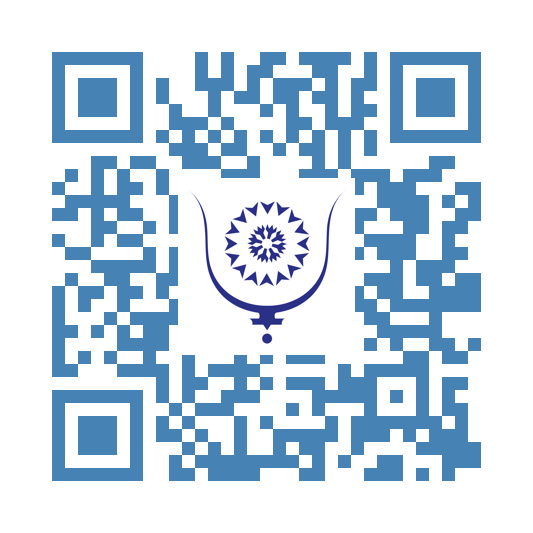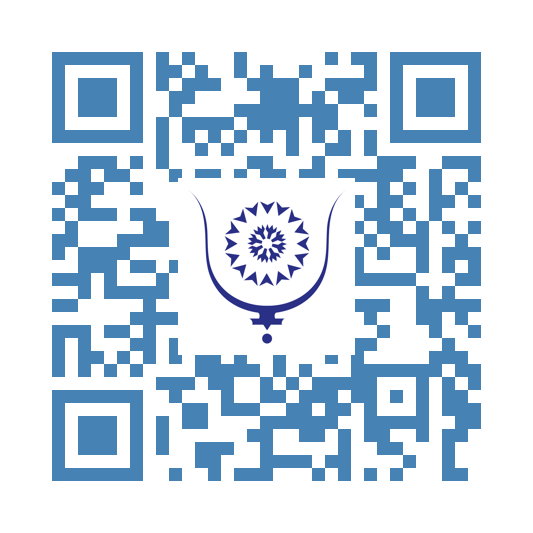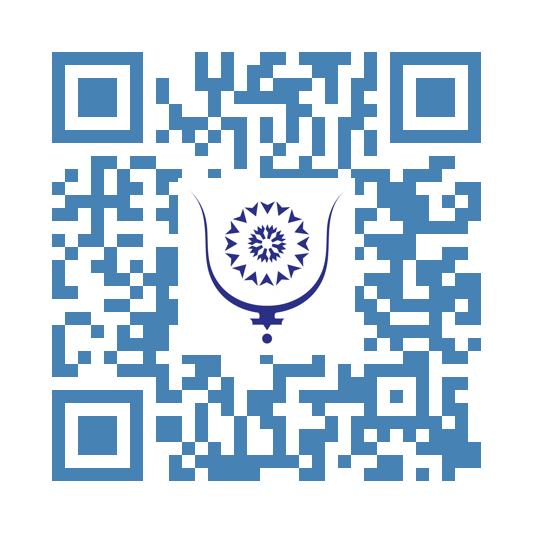Decoding Performance: The Brain of Professional Soccer Players and Stress
6121
In a hypothetical narrative, considering two soccer players, each playing for a different team. Player A is part of a team with an average performance, having lost 18 games, tied 6, and won 4. Player B, on the other hand, plays for a team with a lower performance record, having lost 19 games, tied 8, and won just 1. Both players had to play 4 more games, and both teams need to win all four or risk being relegated to a lower level. The coaches of both teams have prepared overview and analysis slideshows for the players to study, enabling each player to grasp the tactics and individual performance of their opponents.
These opponents exhibit high performance both tactically and physically. The characteristics of the three top teams are high speed, accurate indirect play, and individual techniques. Furthermore, the news certainly portrays these three teams as heroes that can conquer any challenge. The game statistics reveal that the three top teams have won 22 games, and the standings difference is only 1 point at the top of the list.
Now, Players A and B must think, perhaps even overthink, about how to enhance their performance to counter these formidable opponents. Picture these two players in a different game location standing in line, waiting for the referee to lead them onto the pitch. In this moment, Players A and B, each in a different location and game, experience their body’s primal response, orchestrated by a fascinating interplay between three key brain regions: the amygdala, hypothalamus, and cortex.
The amygdala acts like a fire alarm, but for challenges, not just threats. It constantly scans situations based on past experiences. When it detects a tough opponent, like a highly skilled soccer team, it triggers a response to prepare you for the challenge. It receives sensory information from the eyes, ears, and other senses. In response to detecting a high-pressure situation, like playing against the top three opponents, the amygdala triggers a rapid response based on past experiences. This initial response is quick and prioritizes preparing the player for action, without the deep analysis that the cortex can provide. Over time, the amygdala has established a rapid response system that plays a vital role in survival. This system helps players react instinctively in complex situations like facing top competitors.
The amygdala then transmits the data to the hypothalamus, the brain's control center. Acting like a dispatcher, the hypothalamus mobilizes various bodily systems for action. It triggers a cascade of physiological changes, including increased heart rate, sweating, or heightened muscle tension, all designed to enhance performance in the face of a challenge. Additionally, the hypothalamus can also stimulate the release of hormones from other glands that can influence mental state, such as increased alertness and focus, further preparing the player for the high-pressure situation. A key hormone involved is adrenaline (epinephrine), released by the adrenal glands in response to signals from the hypothalamus. Adrenaline prepares the body for action by increasing heart rate, sweating, and muscle tension.
Beyond Adrenaline and Cortisol: The presence of adrenaline in the bloodstream triggers a cascade of hormonal responses:
Cortisol: As mentioned earlier, adrenaline stimulates the hypothalamus to release cortisol from the adrenal cortex. Cortisol plays a vital role in managing stress by increasing blood sugar for energy, suppressing non-essential functions like digestion, and contributing to heightened alertness.
Sex Hormones: In males, short-term stress might lead to a temporary increase in testosterone levels, providing a burst of energy mobilization. However, chronic stress can have the opposite effect, causing a decrease in testosterone levels. Females might experience changes in estrogen and progesterone levels as well, depending on the situation.
Antidiuretic Hormone (ADH): This hormone, released from the pituitary gland in response to signals from the hypothalamus, helps conserve water by reducing urine production during stressful situations.
Overall Impact: This complex interplay of hormones, initiated by the amygdala and orchestrated by the hypothalamus, prepares the player both physically and mentally to face the challenge.
But here's where things get interesting. The amygdala's initial alarm might be loud, but it doesn't have the final say. The player's prefrontal cortex (PFC), the brain's reasoning center, steps in to analyze the information it receives from the amygdala. This analysis considers past experiences and memories, the context of the situation (such as assessing the opponent's potential to outperform them) and evaluates potential solutions to maintain composure and prevent self-esteem from taking a hit. Here's where individual differences become crucial. Player A, with their well-developed emotional intelligence, might interpret these thoughts and manage their behavior differently from Player B, who might struggle to express their true emotional state.
Based on this analysis, the PFC can now interpret the information received from the amygdala, considering the player's knowledge and experience (intelligence can be a broad term). If the PFC judges the competition as manageable pressure, it can signal the hypothalamus to downregulate the fight-or-flight response, effectively calming the amygdala's initial alarm. This communication process can trigger self-talk that might translate into an affirmation like: Give it my all and avoid mistakes.
However, if the cortex recognizes a high-pressure situation (such as facing one of the top three teams, known for their excellent performance and currently in top form), it may not be able to completely suppress the amygdala’s alarm response. This could lead to players experiencing intense pressure, resulting in a decrease in innovation and organization during the game. They might even feel an overwhelming need to surmount these challenges, which could further intensify their reactions.
The good news is that this system is adaptable. By repeatedly encountering situations that were initially perceived as high-pressure but ultimately safe (like playing against opponents similar to the top three teams who they were able to defend against), the amygdala and cortex can learn and adapt. These experiences weaken the initial fear response, making players less likely to react impulsively in similar situations in the future. These experiences weaken the initial fear response, making players feel less random to react in similar situations in the future. This is why exposure therapy (training sessions) can be effective in managing high performance, especially at elite or professional levels.
Simo Idrissi
Share:
Decoding Performance: The Brain of Professional Soccer Players and Stress
copy:
https://bluwr.com/p/9871472


